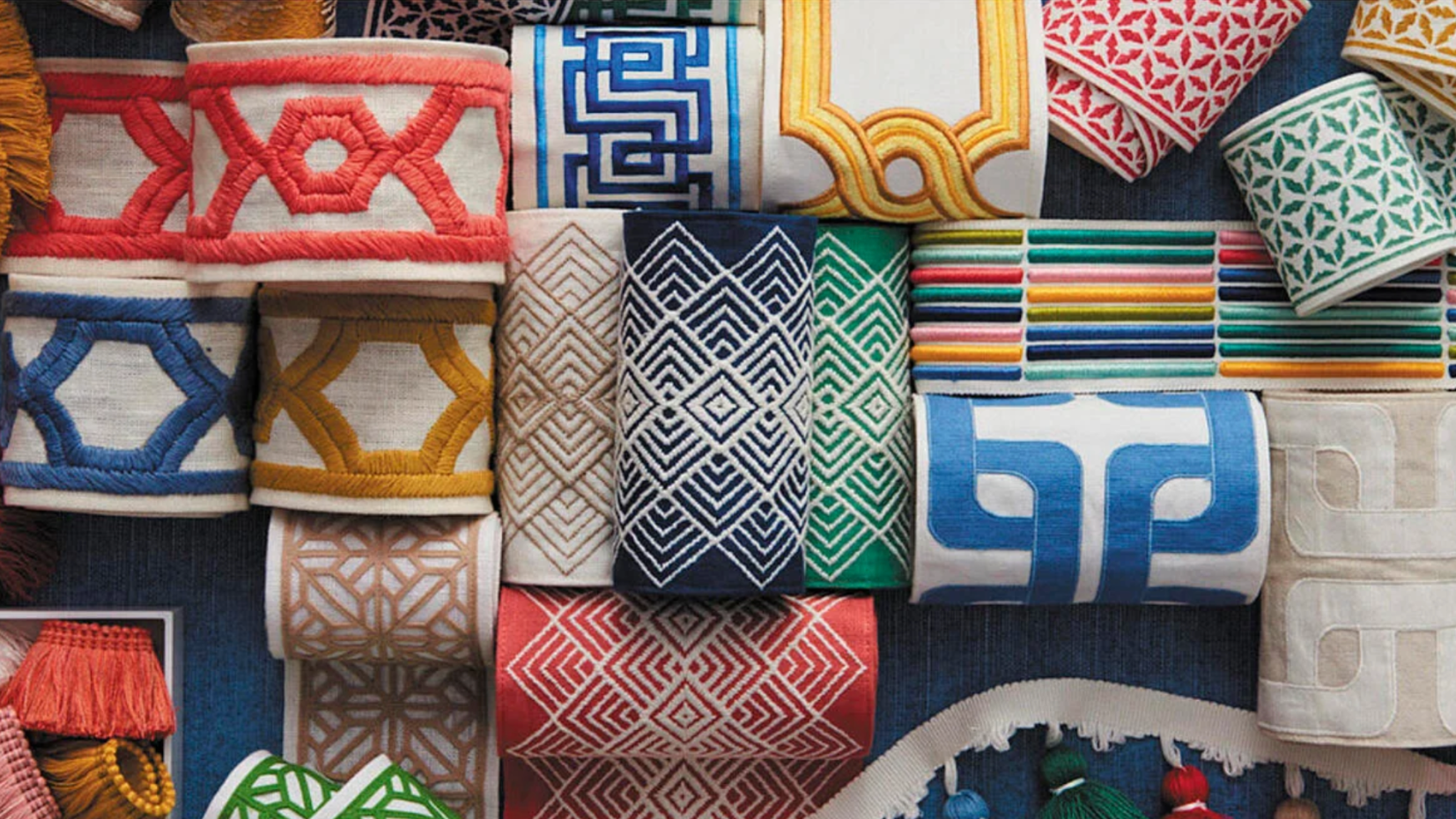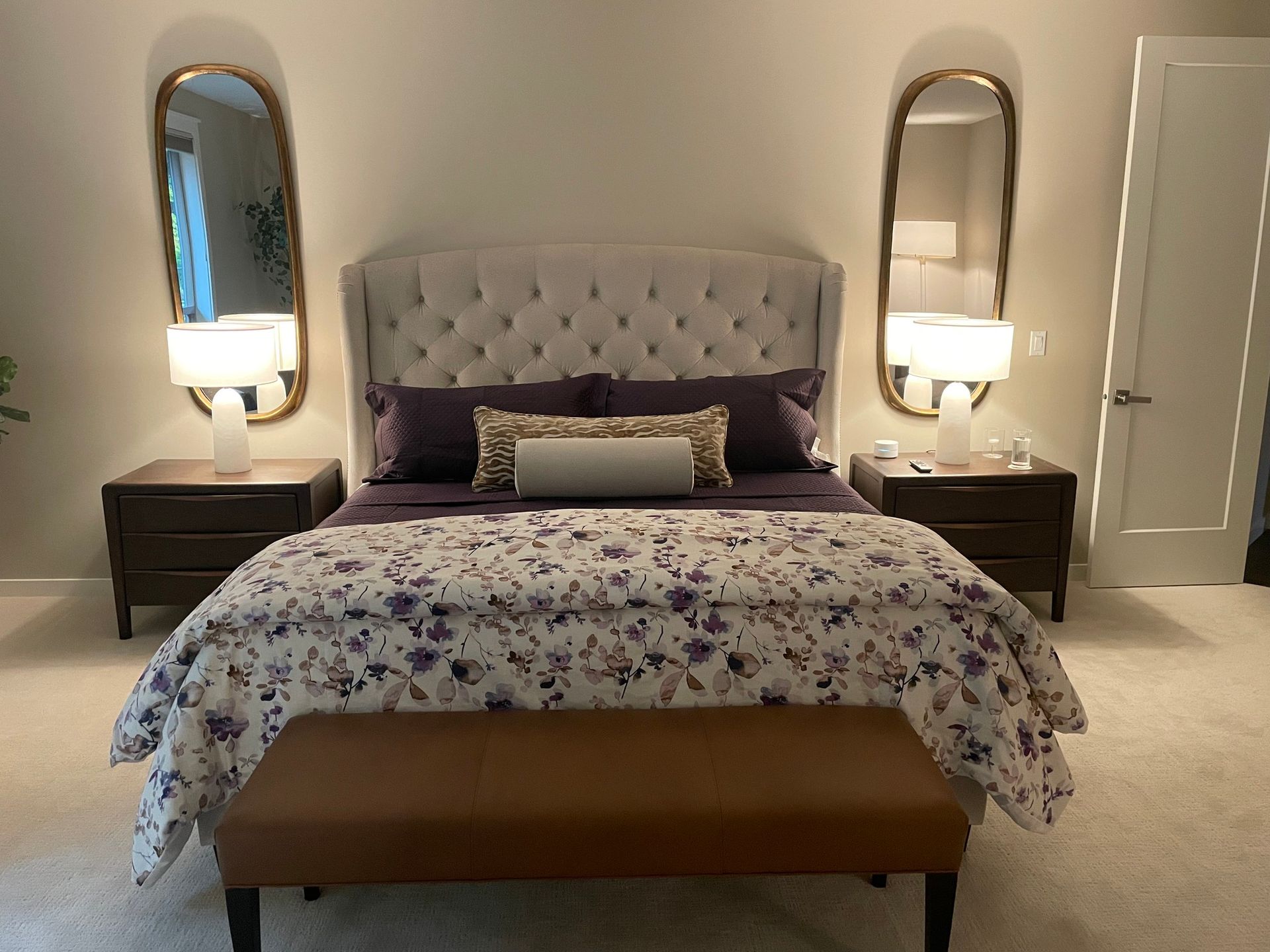Why Hiring an Interior Designer is Worth It
9 Benefits of Hiring an Interior Designer

Redesigning or decorating a home can be an exciting but overwhelming task. While it’s tempting to handle it all yourself, the value of hiring an interior designer cannot be overstated. Their expertise goes beyond simply selecting color palettes or furniture; they bring a comprehensive understanding of design principles and practical functionality that can turn your vision into reality. If you're wondering whether hiring an interior designer is worth it, consider the numerous benefits that come with professional guidance.
What Are the Benefits of Hiring an Interior Designer?
They are Professionally Trained
Interior designers undergo extensive training to hone their craft. They study design history, architecture, space planning, and project management to ensure that every decision they make is based on a deep understanding of form, function, and aesthetic balance. Their ability to see the big picture means they approach each project with both creativity and precision, knowing how to execute a cohesive plan that suits your specific needs and lifestyle.
They Bring New Ideas
One of the most valuable assets an interior designer offers is a fresh perspective. Designers often introduce clients to ideas they wouldn’t have considered on their own. Whether it’s introducing bold color schemes, unusual materials, or space-saving solutions, they push the boundaries of what’s possible in your space. Their insights will help you think outside the box, ensuring that your home reflects your personal style in a unique way while also staying modern and timeless.
They Make Sure Your Space is Functional
Design isn’t just about beauty—it’s about how a space works for you day-to-day. Interior designers have a keen eye for ensuring functionality. They consider everything from the flow of traffic in a room to the way light enters a space, optimizing layout and furnishings for comfort and utility. They think through details like storage solutions and furniture placement, making sure that form meets function at every turn.
Commissioning Custom Elements Not Available to the Public
Interior designers often have access to custom-made furnishings, finishes, and decor that are unavailable to the general public. Whether it’s a bespoke piece of furniture, a custom upholstery pattern, or a unique art installation, designers can commission exclusive items tailored to your taste and needs. This access allows you to have a home that is truly one-of-a-kind, filled with pieces that reflect your individuality and elevate your space beyond what is found in standard retail stores.
Access to Their Network of Trade Professionals
Designers have built relationships with a wide network of trusted trade professionals—contractors, electricians, carpenters, and artisans—who are essential to executing a flawless design project. Working with an interior designer means you’ll benefit from their established network, ensuring high-quality craftsmanship and streamlined project management. You’ll avoid the headache of vetting and hiring each individual tradesperson yourself.
Energy Efficient Solutions
Modern interior designers are increasingly focused on sustainability and energy efficiency. Whether it’s selecting eco-friendly materials or suggesting energy-saving lighting and window treatments, a designer will help reduce your home’s environmental impact while keeping it stylish and comfortable. With their guidance, you can implement sustainable solutions that reduce your energy bills and leave a smaller carbon footprint.
Benefits of Interior Designers Working With Other Interior Designers
Outsourcing Parts of the Project
Sometimes, even the most skilled interior designers outsource specific aspects of a project to other designers who have expertise in niche areas. This collaborative approach ensures that every aspect of the design is handled by someone with specialized knowledge. By delegating parts of the project, like technical architectural features or intricate design elements, your primary designer can focus on the overall vision while ensuring no detail is overlooked.
More Expertise in a Specific Area of the Home
Some areas of the home, such as kitchens and bathrooms, require specialized design knowledge due to their technical nature. Designers who specialize in these spaces understand how to balance functionality with beauty, ensuring that these rooms meet the practical demands of daily use while still looking incredible. Having a specialist handle these complex areas means you'll receive expert advice on everything from plumbing layouts to space-efficient cabinetry and lighting.
Benefits of Designers with Window Treatments Experience
Window treatments are often an overlooked aspect of interior design, but they play a crucial role in shaping a room’s ambiance. Designers with experience in window treatments understand how to choose the right drapery, blinds, or shades to enhance natural light, offer privacy, and complement your overall design. They can also advise on energy-efficient window treatments, which can help lower your heating and cooling costs while adding a polished, elegant finish to your space.
Questions to Ask When Hiring an Interior Designer
Choosing the right designer for your project is essential to ensure your vision is realized. Here are some key questions to ask when interviewing potential designers:
- What is your design philosophy? This will give you insight into whether their approach aligns with your personal style and goals.
- Can I see examples of similar projects you’ve completed? Looking at their portfolio will show how they’ve tackled projects similar to yours in scope or style.
- What is your process for working with clients? Understanding how they manage projects from concept to completion will give you an idea of what to expect during the collaboration.
- How do you manage budgets and timelines? Make sure you’re clear on how they handle budgeting and potential delays so you’re both on the same page.
- What services are included? Ask about everything they offer, from initial consultations to project management, to ensure there are no surprises later on.
Hiring an interior designer is an investment in creating a well-crafted, functional, and beautiful home. With their professional training, access to exclusive resources, and ability to create cohesive and thoughtful designs, working with a designer can turn a daunting project into an exciting journey toward your dream space.




